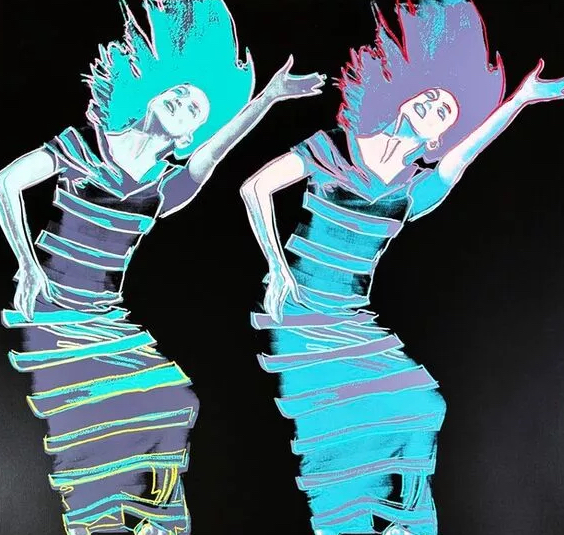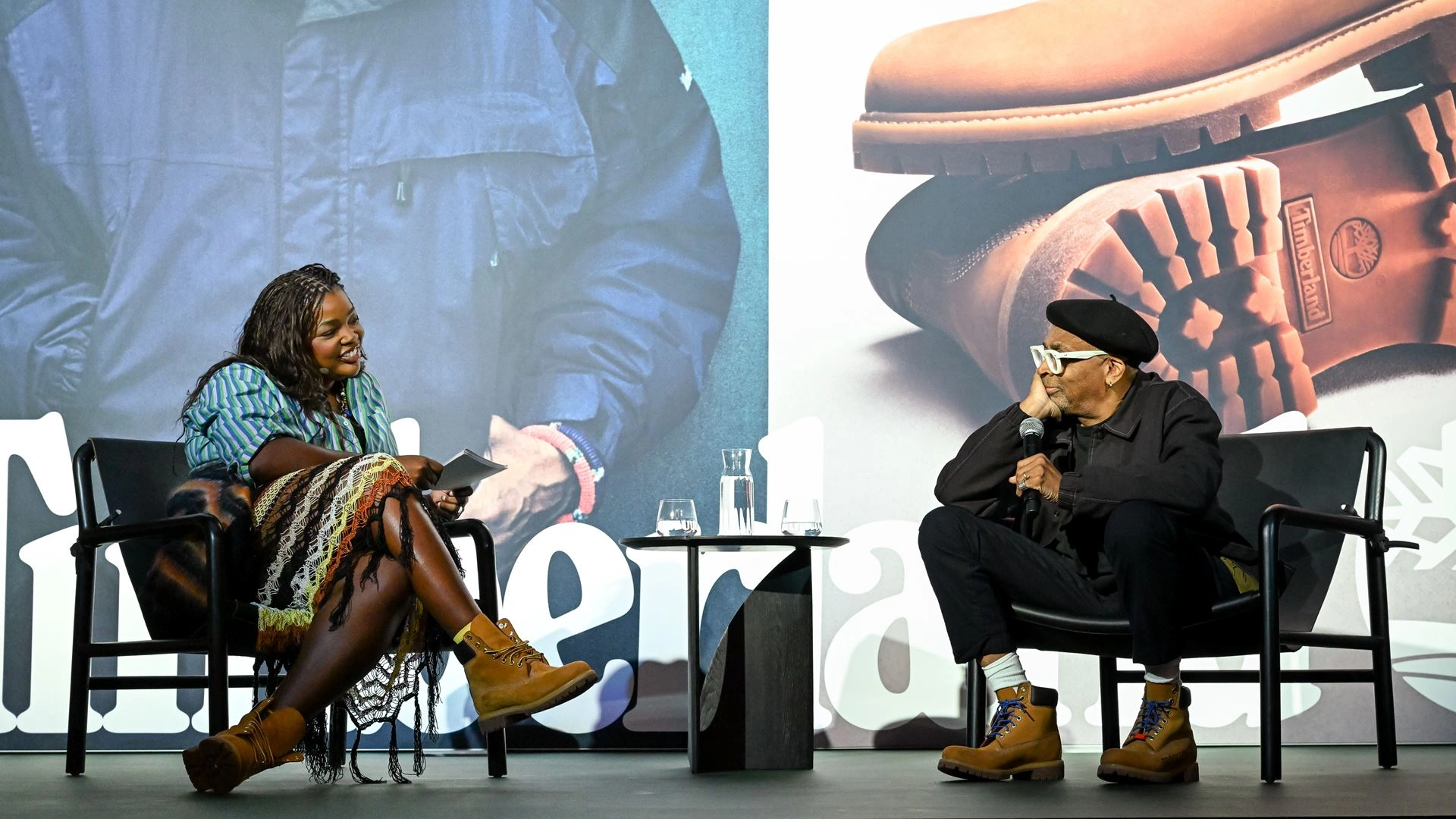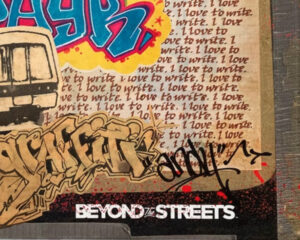In 1986, two icons of American art—Andy Warhol and Martha Graham—came together in an unexpected collaboration that would leave a lasting impact on both modern dance and pop art. Warhol, known for his iconic silk screens and celebrity portraits, joined forces with Graham, a revolutionary choreographer and the “mother of modern dance,” to create “Satyric Festival Song”, a piece that pushed the boundaries of traditional dance by infusing it with Warhol’s bold, satirical visual language.
For this combinatorial experience, which has Warhol designing visual elements for Graham’s avant-garde choreography, was more than just a meeting of two artistic minds—it was a collision of two worlds, where high-energy dance met vibrant pop art. As we revisit this iconic partnership, it’s fascinating to see how Warhol’s art style complemented Graham’s visionary choreography and how their work together embodied the cultural pulse of the 1980s.
At first glance, Warhol and Graham seem like an unlikely pair. Martha Graham had spent decades redefining modern dance with emotionally intense works that explored themes of human psychology, relationships, and mythology. Her choreography was characterized by physicality, pushing dancers to embody complex emotions and raw expression through movement.
Andy Warhol, on the other hand, was the king of pop art, known for his cool, ironic style that emphasized the glitz and glamour of American consumerism and celebrity culture. His art celebrated icons like Marilyn Monroe and Elvis Presley, and his fascination with repetition and mass production redefined the role of art in a society increasingly focused on image and branding. However, both Warhol and Graham shared an interest in satirical commentary, making “Satyric Festival Song” a perfect match for their combined artistic vision.
“Satyric Festival Song” is a playful, satirical piece within Graham’s repertoire, incorporating exaggerated and humorous choreography that pokes fun at both the dancers’ movements and social conventions. Warhol’s contribution to the piece included designing visual backdrops and costumes, creating a vibrant, surreal world that reflected his own pop art aesthetic. The set design brought Warhol’s signature visual style to the stage, with bright colors, bold shapes, and a sense of playful satire that aligned seamlessly with Graham’s choreographic intentions.
Warhol’s visual elements added a pop culture lens to the performance, turning it into a commentary on the superficiality of fame and the eccentricities of modern society. By blending his iconic art style with Graham’s movement, Warhol transformed the stage into a living canvas, where the dancers became part of a larger, colorful artwork.
One of the most interesting aspects of ”Satyric Festival Song” is how Warhol’s and Graham’s artistic styles intersected thematically. Graham’s choreography often tackled heavy emotional and psychological themes, but with “Satyric Festival Song”, she embraced a lighter, satirical tone, allowing for humor and playfulness to take center stage. This tone matched Warhol’s own approach to pop art, which often used irony and satire to critique societal norms, especially around celebrity and consumerism.
The satire in “Satyric Festival Song” comes through in Graham’s exaggerated movements and poses, which often mimic social rituals and behaviors with a wink of humor. Warhol’s contribution amplified this satire, giving the piece a distinctly 1980s feel—a decade obsessed with glamour, excess, and image. Together, they created a performance that was both humorous and thought-provoking, inviting the audience to reflect on the absurdities of contemporary culture.
The Warhol-Graham collaboration was met with both admiration and curiosity. It was unusual for a visual artist of Warhol’s stature to lend his talents to a dance production, especially one so rooted in modernist traditions. Critics were intrigued by the fusion of pop art and modern dance, noting how Warhol’s influence brought a fresh, contemporary edge to Graham’s work.
Audience reactions were similarly mixed, with some finding the piece an exciting blend of art forms, while others viewed it as an unexpected deviation from Graham’s traditional themes. Yet, the performance undeniably left a mark on the art world, influencing future collaborations across disciplines and challenging the boundaries of what modern dance could encompass.
The piece also marked a moment of cultural synthesis in the 1980s, where the lines between different forms of art were increasingly blurred. Warhol and Graham’s collaboration foreshadowed a trend of interdisciplinary projects, where artists from various genres—music, dance, film, and visual art—began to cross-pollinate ideas, creating works that were multi-dimensional and genre-defying.
The collaboration between Andy Warhol and Martha Graham in “Satyric Festival Song” continues to inspire artists and creators. For Warhol, the piece represented one of his forays into performance art, a testament to his willingness to experiment and push pop art into new territories. For Graham, the collaboration was a bold move that expanded the scope of her choreography, opening doors for other artists to reimagine what could be expressed through dance.
Today, “Satyric Festival Song” is remembered as a bold experiment and a celebration of artistic innovation. It highlights the potential of combining different forms of expression and the creative power that emerges when seemingly contrasting art forms intersect. The legacy of Warhol and Graham’s partnership is visible in contemporary art and dance, where interdisciplinary collaborations have become more common, allowing artists to push creative boundaries in unexpected ways.
In the end, “Satyric Festival Song” is more than a performance; it’s a reminder of the power of communication between artists and the endless possibilities that arise when visionary artists join forces. Warhol and Graham’s partnership was a meeting of minds that reshaped the landscape of art and dance, leaving an indelible mark that resonates to this day.
No comments yet.








